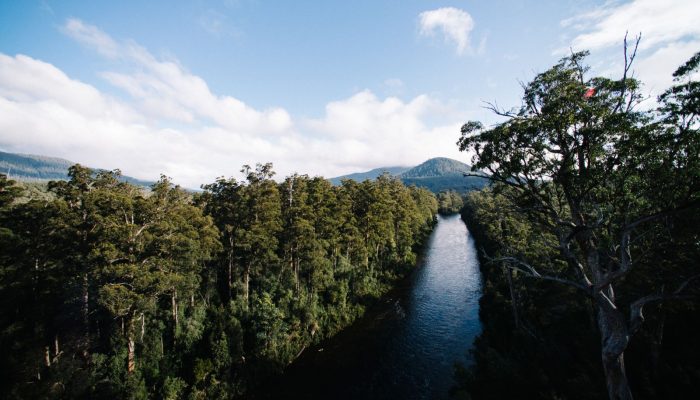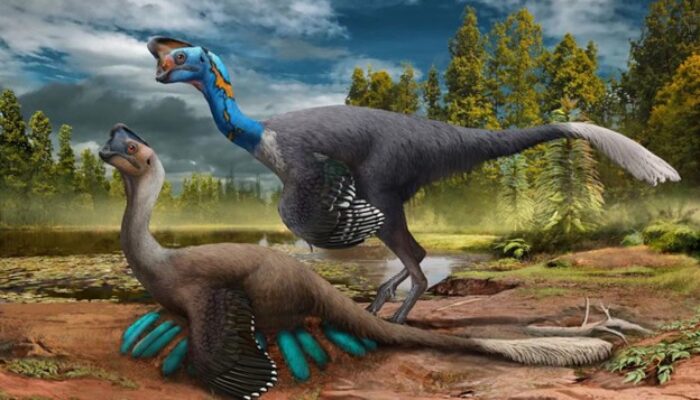In July 1923, 100 years ago this month, scientists and explorers made an extraordinary discovery that forever changed our view of dinosaurs. An expedition to the Gobi Desert in Mongolia unearthed fossilized dinosaur eggs, in a nest, confirming that dinosaurs laid eggs like the reptiles that scientists at the time thought dinosaurs were. The find was announced in newspapers at the time, to much fan ...[Read More]
Imaggeo on Mondays: A prehistoric forest

This stunning vista encompasses the south-western wilderness of Tasmania as seen from the Tahune air walk 60 m above the Huon river valley. In front lies the beginning of a huge UNESCO World Heritage Site, covering almost a fourth of the area of Tasmania. The site mostly consists of a pristine, temperate rainforest of Gondwanan origin that is home to the tallest flowering trees in the world; Eucal ...[Read More]
Livers, guts and gills: understanding how organisms become fossils
It’s 10am and Thomas Clements, a 3rd year palaeobiology PhD Student, is getting ready to check on his latest experiment. Full kited up in what can only be described as a space suit, Thomas carefully approaches the fume cupboard home to his latest specimen: a decaying seabass, balanced on a specially designed ‘hammock’ in a tank of salty water. Opening the lid to check on the rotting fish, Thomas i ...[Read More]
Geosciences Column: The Oldest Eurypterid

The name of a newly found fossil of sea scorpion draws inspiration from ancient Greece warships and is a unique example of exceptional preservation, shedding light on the rich life of this bygone sea critter, explains David Marshall of Palaeocast fame. To learn more about the importance of giving new fossils names and what Pentecopterus decorahensis (as the new fossil is formally called) teaches u ...[Read More]


